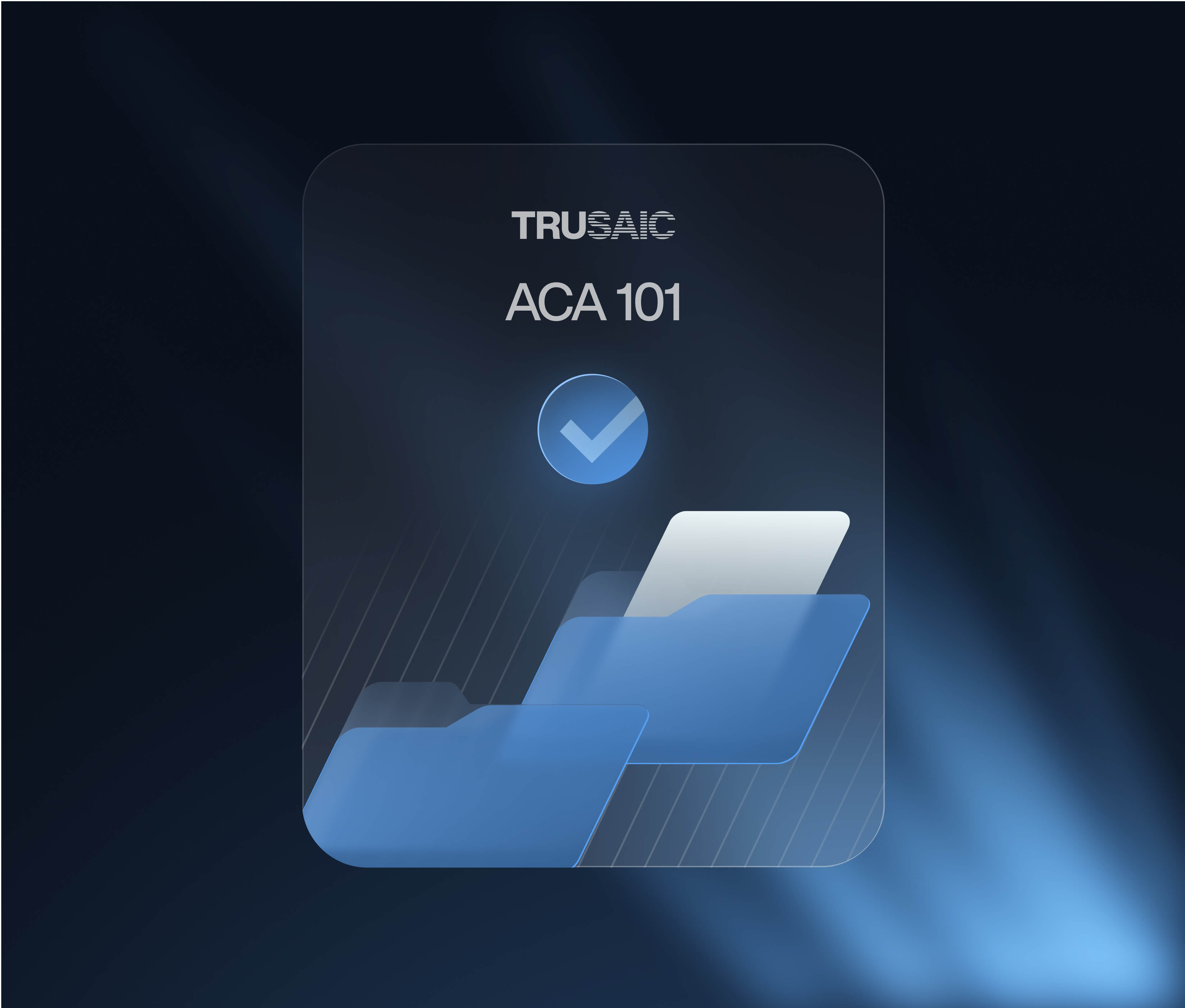The events over the last several years propelled public momentum in addressing systemic injustice and social inequity, especially in the workplace. This has cast a bright spotlight on organizations’ diversity, equity, and inclusion (DEI) efforts – specifically around gender and racial pay gaps.
These issues are not going away. In fact, employers should expect pay equity to come even more into focus as governments around the world enact legislation and as employee and corporate stakeholder voices become louder about this issue.
Today we see some of the top factors motivating organizations to tackle pay equity are:
- Improving the sense of inclusion among employees
- Acquiring and retaining top-level talent
- Elevating brand perception
- Getting ahead of or adapting to applicable legal and regulatory changes
Pay equity is an integral part of a successful DEI program and can only be accomplished through informed data analysis and resolution strategies that establish a long-term framework to address inequality at all levels of the organization.
What is a pay equity audit?
A pay equity audit is a multidisciplinary effort that requires extensive knowledge in a legislative and regulatory framework for the applicable jurisdiction, econometrics, statistics and statistical modeling, and workforce data management.
Organizations should consider a pay equity audit to identify pay differences between employees that cannot be explained by job-related factors such as education, tenure, performance, and other business factors. This process enables employers to understand and evaluate their organizational pay structures, not only to identify pay disparities but the sources of those disparities, and provides actionable solutions to achieve pay equity.
It is important to note the key differences as well as the relationship between a pay gap assessment and pay equity audit. A pay gap assessment is a tool in the overall pay equity analysis that compares compensation data among employees within an organization. A pay equity audit dives deeper and analyzes compensation data among employees of comparable job categories, while accounting for job-related factors.
Should my organization complete a pay equity audit?
Pay equity considerations can vary significantly across industries, geographic regions, and a company’s workforce demographics. Pay disparities exist in almost every organization. These pay disparities can hinder success in attracting and retaining talent, diminish company reputation as well as represent legal liability for organizations, including regulatory audits and the threat of an employee class-action lawsuit. A proactive pay equity audit provides an organization the analysis needed to eliminate these pay disparities.
Hesitancy in conducting a proactive audit can stem from concern that the audit will reveal pay inequities, putting the organization at risk of litigation or other consequences. The problem with that hesitancy is that the issue exists whether the audit is performed or not. The underlying compensation data that would reveal pay inequities doesn’t go away.
Importantly, conducting the audit with counsel may shield organizations from mandatory disclosure of the audit. Without an audit, the employer does not have the crucial tools to reduce or eliminate those inequities.
If an employer seeks to understand and evaluate its organizational pay structures by not only identifying pay disparities but also where those disparities originate, the employer will need this data to provide actionable insights that can be used to find solutions.
Legal considerations in the pay equity audit process
Some employers find themselves in a position to take a more reactive approach as new legislation and regulation can play a pivotal role in driving pay equity policy. For example, toward the end of the Obama Administration in 2016, employers with 100 or more employees were required to file pay data reporting documentation via an EEO-1 component 2 form.
While this reporting was later halted under the Trump Administration, with the new Biden Administration, there is a strong possibility that EEO-1 component 2 reporting will be reinstated and there is renewed interest in federal pay equity legislation among Democrats, who now control the White House and both houses of Congress.
When considering a pay equity audit, organizations must acknowledge that legislation is often driven by the changing social climate. Pay equity legislation has gained significant traction at the state level, with laws such as California’s SB 973, which replicates various components of Obama era EEO1 reporting with an emphasis on future enforcement of the law, as well as Colorado’s Equal Pay for Equal Work Act and Illinois’s SB 1480.
Governments outside of the U.S. have also recently enacted pay equity legislation, including the U.K. where large businesses must publish their pay data. Additionally, many countries throughout Europe are imposing sanctions and increasing regulations around pay data reporting. The EU Commission also just proposed a new pay transparency mandate requiring employers with 250 employees to report on the gender pay gap.
However, external pressure for employers isn’t driven just by legislation. There’s also a shift in focus from the investor community. Active investors are joining corporate boards and setting their sights on meaningful environmental, social, and governance (ESG) and DEI execution, making it impossible for organizations to ignore or simply maintain the status quo.
It’s time to be proactive
For employers in areas governed by pay equity laws, conducting a thorough audit is vital to ensuring that employers know what is contained in the reports they submit to the government before they do so. This allows employers to identify potential issues in advance and avoid incurring costly penalties. With other states sure to take their own steps to pass pay equity laws, being proactive in undertaking a pay equity audit when possible is the best strategy.
Pay equity audits are an important first step in addressing disparities in compensation and benefits among employees. Auditing is not only crucial to any DEI program and to increasing employee satisfaction but it also allows the organization to proactively correct any issues and potentially avoid legal consequences. This process covers a range of business objectives in protecting the company’s reputation, retaining talented employees, and mitigating risks.
This article is a part of a series on how organizations can design a successful pay equity program. The next piece will explore how to address complexities in data in the auditing process and how to ensure accuracy and quality of data. Together the articles will provide insight into how organizations can create a sustainable framework for addressing inequalities.
To learn more about how leading organizations approach DEI initiatives, download our sponsored report, conducted by Harvard Business Review Analytic Services, Creating a Culture of Diversity, Equity, and Inclusion.








